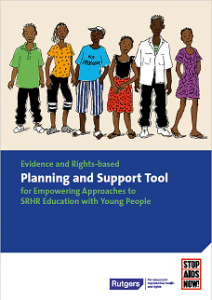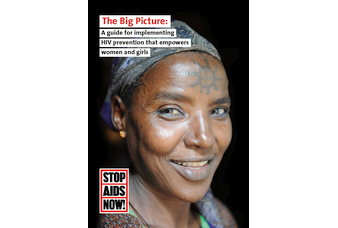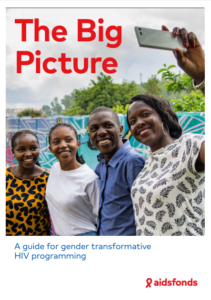Evidence and Rights-based Planning and Support Tool for Empowering Approaches to SRHR Education with Young People
STOP AIDS NOW! (now Aidsfonds) and Rutgers asked me to revise their Planning and Support Tool, which they had first published in 2009.
This involved a good deal of research, consultation and writing, to bring the document into line with the agencies’ changing approaches and to respond to users’ requests.
Download the 2016 PDF (2.2Mb).
Extract
This tool is designed to assist organisations that want to promote young people’s sexual and reproductive health and rights (SRHR) and to empower them to enjoy their (sexual) development, relationships, attain their rights and have a greater sense of wellbeing. It focuses mainly on the strategy of SRHR education, also known as (comprehensive) sexuality education.
To improve young people’s quality of life and (sexual) health we need effective programmes, but developing and implementing them is not easy. However, experience and evidence gained from work all over the world shows what contributes to effectiveness and what doesn’t. This tool summarises the most important evidence in a logical and easy to use way (much of it comes from research by Kirby and colleagues into HIV and sexuality education programmes around the world). It aims to help organisations to take well-informed decisions about the planning, development, implementation and evaluation of SRHR programmes, and to modify their work as needed. The outcome of using the tool should be more effective interventions which are empowering and rights- and evidence-based.
You can use the tool to analyse existing interventions, in order to identify what is already going well and what needs improvement. You can also use it to assist with designing new interventions.
Users have used the tool for various purposes:
• Analysing existing SRHR education programmes
• Designing of new SRHR education programmes
• As a framework to guide discussion with donor organisations
• Capacity building and improvement of their projects or programmes
• Documenting intervention planning afterwards
• Modifying an existing intervention to use in a different context
• Assessing project proposals
• For defining advocacy strategies
• Linking and learning between different organisations
However, this framework should not oblige you to implement programmes completely according to the tool; the particular context, implementation setting or mandate of your organisation may require choices that are not in line with the tool.
You can use the tool to analyse or plan a variety of SRHR interventions, for example: school based and out-of-school interventions; large and small projects; with different SRHR focuses; targeting children, younger or older people; for orphans and vulnerable children; or for young people who are at work.
DOWNLOAD the full 2016 PDF.



 The Big Picture: A guide for gender transformative HIV programming
The Big Picture: A guide for gender transformative HIV programming
